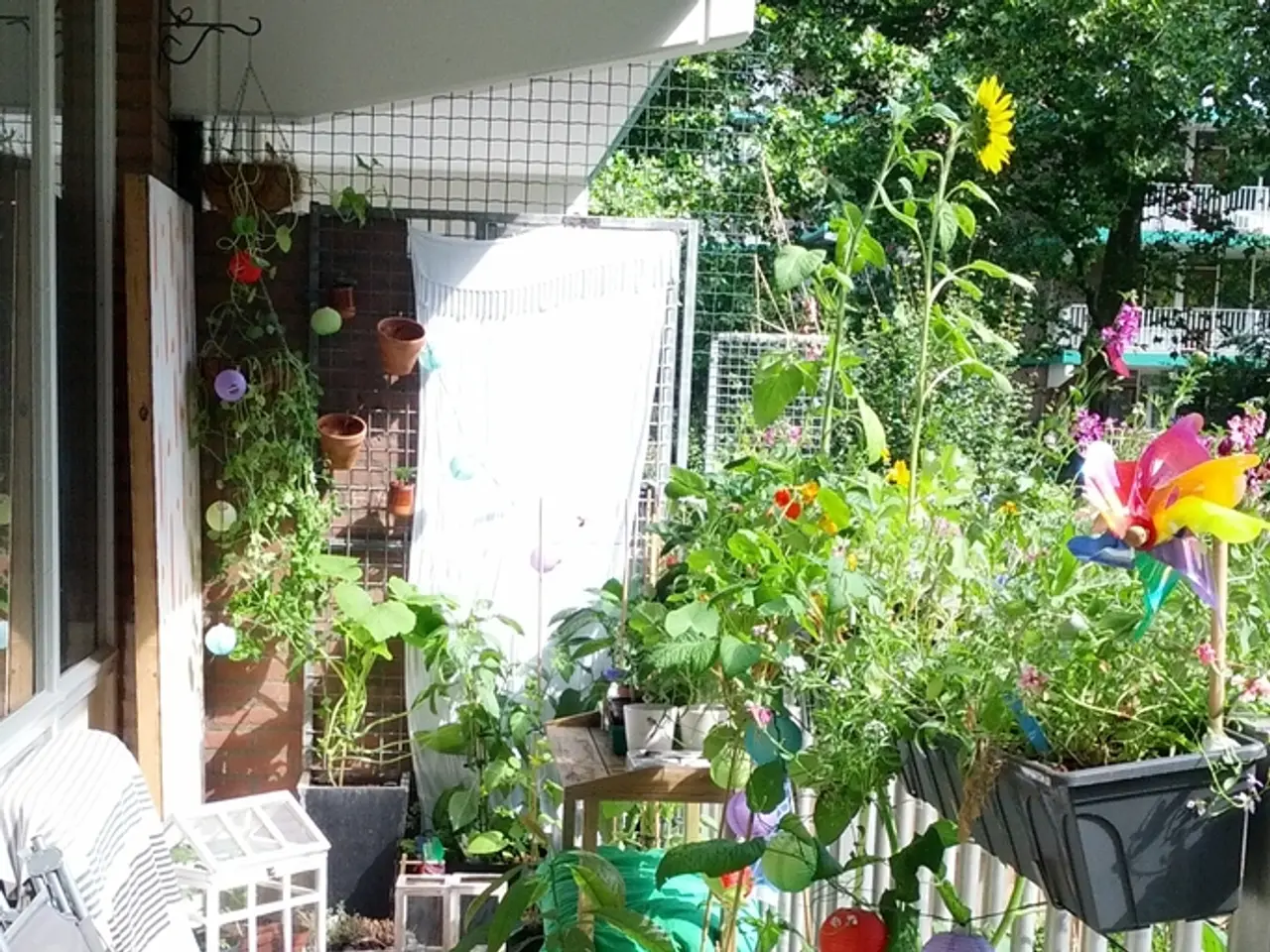Discovering Aesthetic Harmony through Wabi-Sabi: Embracing Imperfection in Your Home Environment
Embracing Imperfection: The Rise of Wabi-Sabi in Modern Interior Design
The ancient Japanese philosophy of Wabi-Sabi is making a significant impact on the world of interior design, encouraging homeowners to appreciate the quiet poetry of imperfection.
Wabi-Sabi is not a passing trend, but a new way of seeing and appreciating life. It invites us to let go of the idea that a home must be flawless to be beautiful, and instead, to value presence over perfection.
Under the influence of Wabi-Sabi, homes are transformed into sanctuaries that celebrate authenticity and imperfection. They are spaces that grow with you and shift as life unfolds, carrying the marks of time and use.
One key aspect of Wabi-Sabi is the appreciation for imperfection and natural wear. Items like a cracked ceramic vase or weathered wood are valued for their unique character and the stories they tell, rather than hidden or replaced.
Wabi-Sabi also embraces simplicity and minimalism. Spaces are free of clutter, with restrained color palettes and understated elegance, creating restful, serene environments.
The use of natural, authentic materials is another principle of Wabi-Sabi. Wood, stone, clay, and textiles that showcase their natural textures and aging process reflect Wabi-Sabi’s principle of naturalness.
Wabi-Sabi also incorporates asymmetry and irregularity, bringing a sense of organic life and spontaneity to interiors. Rather than perfect symmetry, irregular shapes and layouts are embraced.
The overall effect fosters a peaceful sanctuary that encourages mindfulness and connection to nature. This philosophy encourages homeowners to slow down, find contentment in imperfection, and make their homes sanctuaries of peaceful beauty.
In modern interior design, Wabi-Sabi often blends seamlessly with minimalist and Scandinavian aesthetics, combining warm, natural materials with clean lines and functional simplicity to create spaces that feel both cozy and refined.
Wabi-Sabi can also influence interior design by making homes more grounding, promoting slower living, sustainability, and emotional connection. Choosing pieces with care and allowing space some breathing room can create clarity in design.
Vintage and antique pieces can add depth and history to a room in a Wabi-Sabi setting, while natural color palettes, such as muted greens, soft greys, weathered browns, and creamy off-whites, can ground a space and invite calm reflection.
Quieter rooms like hallways, laundry areas, and bathrooms can carry the spirit of Wabi-Sabi with simple additions like soft linen hand towels or natural bathroom art. Even unpolished, evolving, and beautifully incomplete homes are perfect because of their imperfections.
In conclusion, Wabi-Sabi is a philosophy that encourages constant improvement and valuing presence over perfection. It invites us to embrace asymmetry and organic forms, reject symmetry and encourage fluidity and nature's rhythm. By doing so, we create homes that are not just beautiful, but soulful and meaningful.
Interior design inspired by Wabi-Sabi embraces a lifestyle that values authenticity and imperfection, integrating vintage and antique pieces to add depth and history to a room.
Incorporating natural, authentic materials like wood, stone, clay, and textiles in interior design is a principle of Wabi-Sabi, creating restful, serene environments that highlight nature's rhythm.




